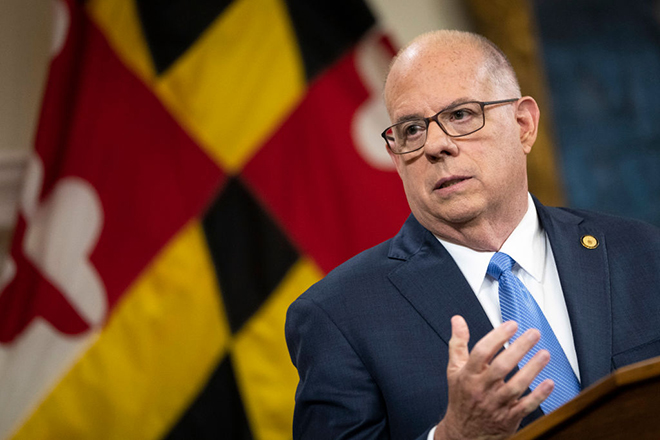Maryland has become the latest state to mandate an end to carbon emissions on a net basis, in what has been described as one of United State’s most aggressive climate change laws.
By this, the state will be looking to increase its electricity generation, build heating and transportation. The package also incorporates environmental justice provisions.
According to reports, the Climate Solutions Now Act of 2022 became law after Maryland Republican Governor Larry Hogan, who had opposed the bill on the grounds that it would increase energy costs in the state, declined to take action on the bill on Friday.
Recall that the bill was passed by veto-proof majority in the state’s Democratic-controlled legislature, making it likely that an attempt to veto it would have been overturned.
Read also: Scientist secures grant to study impact of climate change on forage crops
While Hogan attacked the bill as a “reckless and controversial energy tax” on Maryland residents at a time of rising energy prices, his fellow Republicans in the legislature argued that the state isn’t large enough to make an appreciable dent in global warming and should not take on the costs of transitioning the state economy to net-zero emissions.
An analysis of the bill’s costs and benefits found that it might increase energy costs over the short term but could also yield long-term energy savings.
But the bill’s backers cited the global and local risks of climate change — sea-level rise, more extreme storms, heat waves and drought — as strong reasons to act at the state level.
The law is expected to increase Maryland’s target for reducing greenhouse gas emissions to 60 percent below 2006 levels by 2031, up from a previous target of 40 percent by 2030 set in 2016. It further sets a 2045 deadline for achieving net-zero greenhouse gas emissions across the state’s economy.
While over 16 U.S. states have laws or executive orders that have set targets for net-zero carbon emissions from electricity generation, only a handful of them have gone beyond electricity to set economy-wide emissions-cut targets, including California, New York and Washington state.
Story was adapted from Canary Media.
